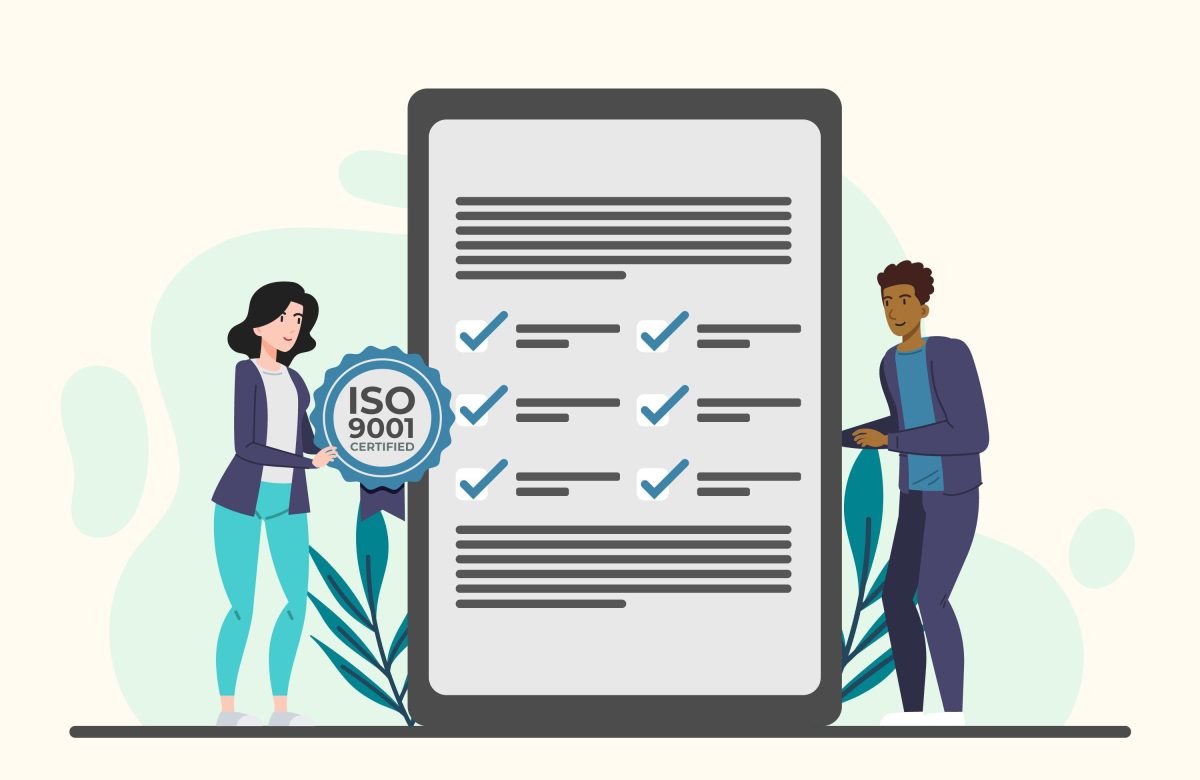How to use AI-powered chatbots for customer service

Businesses seek innovative ways to improve user experiences and enhance customer service in today’s fast-paced digital landscape. AI-powered chatbots have emerged as a game-changing solution, revolutionizing the way companies interact with their customers. These intelligent virtual assistants offer efficient, personalized, and round-the-clock support, transforming customer service into a seamless and satisfying journey. In this blog, we’ll delve into the world of AI-powered chatbots and explore how businesses can harness their potential to elevate their customer service strategies.
Understanding AI-Powered Chatbots
AI-powered chatbots are sophisticated software programs that leverage artificial intelligence and natural language processing (NLP) to interact with users conversationally. These chatbots can engage customers, answer inquiries, provide assistance, and even perform tasks such as placing orders or scheduling appointments. The ability to understand context, learn from interactions, and adapt responses makes AI-powered chatbots an invaluable asset for modern businesses.
Why Use AI-Powered Chatbots for Customer Service?
- 24/7 Availability: AI-powered chatbots are always available, providing support outside of regular business hours and ensuring that customers receive assistance when they need it most.
- Efficiency: The use of chatbots provides customers with a more efficient response time by processing multiple inquiries simultaneously.
- Consistency: Regardless of which agent a customer interacts with, chatbots deliver consistent responses.
- Scalability: As customer demand increases, chatbots can easily scale to accommodate more interactions without compromising quality.
- Cost Savings: By automating routine inquiries, chatbots free up human agents to focus on more complex tasks, resulting in cost savings for the business.
- Personalization: AI-powered chatbots can analyze user data to provide personalized recommendations and solutions, enhancing the customer experience.
Developing an Effective AI-Powered Chatbot Strategy
1. Define Your Objectives
Before implementing an AI-powered chatbot, establish clear objectives. Are you looking to provide quick responses to frequently asked questions, enhance user engagement, or improve lead generation? Defining your goals will shape your chatbot’s design and functionality.
2. Select the Right Platform
Choose a platform or framework for developing your chatbot. There are various options available, from building custom chatbots to using pre-built platforms that offer AI and NLP capabilities.
3. Identify Use Cases
Determine the specific use cases your chatbot will address. This could range from answering product-related queries to helping users navigate your website, processing orders, or providing technical support.
4. Design a User-Friendly Interface
Craft a user-friendly chatbot interface that mimics natural conversations. Ensure that the chatbot understands a wide range of user inputs and can provide relevant responses.
5. Integrate with Existing Systems
Integrate your chatbot with your existing customer relationship management (CRM) system, knowledge base, and other relevant databases. This integration ensures that the chatbot has access to accurate and up-to-date information.
6.Implement Natural Language Processing
Leverage natural language processing (NLP) capabilities to enable your chatbot to understand and respond to user queries in a human-like manner. NLP allows the chatbot to comprehend context and nuances in language.
7. Train Your Chatbot
Train your chatbot using historical customer interactions and sample conversations. This training helps the chatbot learn common queries and improve its accuracy over time.
8. Test Thoroughly
Thoroughly test your chatbot before deploying it to ensure it functions as intended. Test different user scenarios, assess the accuracy of responses, and fine-tune the chatbot’s performance.
9. Provide Clear Escalation Paths
While chatbots are designed to handle a wide range of inquiries, there will be cases where human intervention is necessary. Ensure that your chatbot can seamlessly escalate complex queries to human agents.
10. Monitor and Continuously Improve
Implement analytics to monitor your chatbot’s performance. Track metrics such as user engagement, response accuracy, and user satisfaction. Use these insights to make data-driven improvements and refine the chatbot’s capabilities.
Best Practices for Implementing AI-Powered Chatbots
Set Realistic Expectations: While chatbots are powerful tools, they may not be able to handle every situation. Be transparent with users about the chatbot’s capabilities and provide alternative contact methods for complex queries.
- Personalize Interactions: Use data to personalize interactions. Address users by name, offer relevant recommendations, and tailor responses based on their preferences.
- Continuous Learning: AI-powered chatbots can learn from every interaction. Regularly review and update the chatbot’s knowledge base to ensure it stays up-to-date with the latest information.
- Provide Clear CTAs: Guide users on how to interact with the chatbot. Provide clear calls to action (CTAs) so users understand how to start a conversation and what types of queries the chatbot can assist with.
- Human Touch: While automation is valuable, don’t underestimate the importance of the human touch. Ensure that your chatbot can seamlessly transition a user to a human agent when needed.
Conclusion
AI-powered chatbots have transformed the landscape of customer service, providing businesses with an efficient and effective way to engage with customers. By defining objectives, selecting the right platform, designing a user-friendly interface, implementing NLP, training the chatbot, testing rigorously, and continuously improving, businesses can develop a successful AI-powered chatbot strategy that enhances customer experiences and drives business growth. As technology evolves, the potential of AI-powered chatbots will only continue to expand, making them an indispensable tool for businesses that prioritize exceptional customer service in the digital age.




